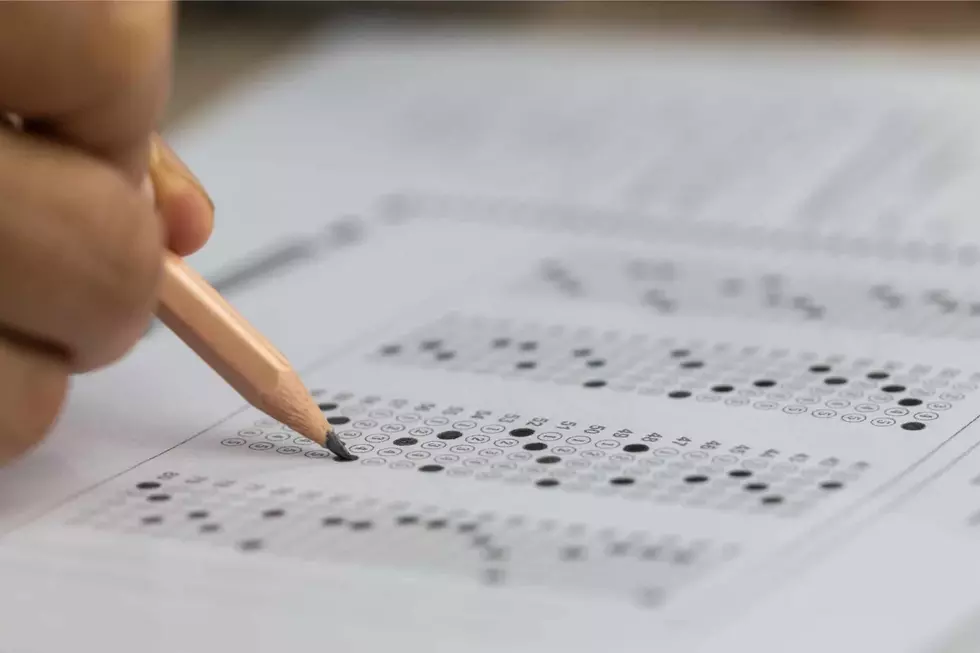
NJ students continue to lag in math achievement scores
🔴 NJ is one of eight states with the biggest learning loss in math, a report says
🔴 The pandemic further exacerbated learning loss
🔴 The disparities were seen in children of color and in low-income districts
While it’s been four years since the COVID-19 pandemic, New Jersey students are still recovering from learning loss.
In March 2020, the pandemic disrupted learning nationwide, forcing schools to shift to remote learning. Some schools pivoted back to in-person instruction the following fall, but others did not return to fully in-person learning until the fall of 2021.
The Report
According to a Harvard-Stanford study, by the time all states returned to regular testing in the spring of 2022, the average student in grades 3 through 8 lost the equivalent of half a grade level in math achievement, and a third of a grade level in reading achievement.
Between 2022 and 2023, eight states suffered the largest losses in math achievement, including New Jersey.
The Education Recovery Scorecard acknowledged that even though the federal public health emergency resulting from the pandemic has ended, we are still seeing the residual impact on our state and that includes our children, students, educators, parents, and others, said Mary Coogan, President and CEO of Advocates for the Children of New Jersey.
Students are still stressed upon their return to school. There were unaddressed behavioral problems that schools are struggling to address now, plus staffing shortages, not enough teacher aides or providers of mental health services, Coogan said. As a result, many students are struggling to catch up academically.
New Jersey's Testing Breakdown
Advocates for the Children of New Jersey put out a kids-count data to provide a snapshot of child well-being.
“In the New Jersey Student Learning Assessment test, in math, statewide, 45 to 46 percent of students are meeting or exceeding expectations on the New Jersey Student Learning Assessment. But when you break it down by race, you see a heightened disparity,” Coogan said.
That means about 80% of third-grade Asian students are meeting or exceeding expectations on the NJ Student Learning Assessment. But for African American and Black students, it’s 25%. Hispanic students, it’s 29% and White students, it’s 58%, Coogan said.
In lower-income New Jersey counties and those with more urban districts, there will be a difference in the percentage of third graders meeting and exceeding expectations on the student learning achievement mathematics test, Coogan said.
For example, between 50 and 60 percent of students in New Jersey counties like Bergen, Hunterdon, Somerset, and Morris are meeting and exceeding expectations. Other counties such as Cumberland, Cape May, Passaic, Warren, and Mercer are not doing as well, Coogan said. Essex County improved a bit, at 40%.
Overall, New Jersey has been at 45 to 46 percent over the past two years, as far as meeting or exceeding testing expectations among third to eighth-graders. But Coogan said before the pandemic, the state was at 55%.
So, while most counties are scoring roughly the same or with a little bit of improvement over the past two years, the disparities come to light when the scores are broken by race and income, which is not unexpected, she said.
What the report pointed out is that COVID further exacerbated what we knew to already be a problem nationally in that socially disadvantaged economic communities, students suffered more and they would need resources to make up the difference, she added.
The Recommendations
The report recommended that schools should be inquired to inform parents that if their child is below grade level in math or English give parents time to enroll in summer learning. Another recommendation is to have schools expand summer learning seats, offer tutoring and other after-school learning problems, or possibly expand the school year.
Whatever schools decide, it has to work for the community, Coogan said.
“I know the Department of Education was promoting that districts work with the community and parents to figure out the best way to address the learning loss,” she said.
The Department of Children and Families has the NJ4S (New Jersey Statewide Student Support Services). They have 15 hubs around the state which can provide different levels of tiered services to address behavioral problems, stress, and anxiety.
“I do think it would be helpful if whatever schools do, they involve parents in the decision-making,” Coogan said.
In math, many internet platforms provide additional tutoring, such as Khan Academy. There is a website called Bedtime Math that brings fun to math activities. So, there are many resources parents can seek out to help their children, Coogan pointed out.
Federal Dollars
There were federal COVID dollars that came to every state to help, called ESSER (Elementary and Secondary School Emergency Relief) money. According to a February 2024 Center on Budget and Policy Priorities Report, which looked at the expiration of the federal K-12 emergency funds, 49% of the ESSER funds remained unspent in New Jersey, Coogan said. This money has to be committed by the end of this summer and must be spent by 2026.
“It’s important that New Jersey not lose this opportunity,” Coogan said. The state needs to put this money toward learning programs that will help students.
https://acceleratelearning.stanford.edu/story/new-report-shows-historic-gains-in-pandemic-recovery-for-many-u-s-school-districts/
Report a correction 👈 | 👉 Contact our newsroom
NJ schools with the worst attendance problems
Gallery Credit: New Jersey 101.5



